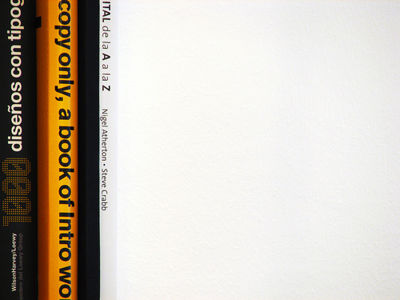Packages and metadata
Standards and interoperability is a large, complex topic. Entire conferences are held over particular standards. When developing OER, these standards and interoperability should be kept in mind, but you do not have to fully understand them. Therefore, the following is meant to be informative, rather than something you need to act upon.
Contents
Standards and interoperability
Technical standards affect the ability to exchange and share information and content between systems (e.g., between repositories and LMSs). For small projects, such as single file OER, using the appropriate technical standards isn't extremely difficult. But packaging whole courses to be compatible with major LMS means paying particular attention to these standards. You are not expected to know how to convert your course to these standards, but you should be aware of what these standards mean and when they are used.
Standards are relevant for OER projects in a number of areas:
- Content packaging and exchange formats – This is an issue most relevant for projects publishing whole courses, who want to enable users to download the courses into their local learning management systems or exchange open courseware between projects. IMS Content Packaging (IMS CP) is the standard for course materials that was informally agreed by the Open Courseware Consortium. Unfortunately, different software applications implement the IMS CP standard in slightly different ways – this means software must be specifically programmed for packages coming from different providers. Some example providers include: the proprietary WebCT / Blackboard learning management system, the MIT OpenCourseWare repository, and the eduCommons courseware platform. In addition, there are conversations about the benefits of the new IMS Common Cartridge standard (IMS CC), and it is expected that many open courseware projects will eventually move towards it. SCORM is another content packaging standard but due to the complexity of the standard it finds relatively little support among open source software project or OpenCourseWare initiatives.
What do all these content packages mean for me?
Many LMS programs such as Blackboard, WebCT, Moodle include the ability to export IMS packages for easier uploading to programs like eduCommons. However, because IMS packages vary so much in implementation, it is rare to have a course upload perfectly. That means you should be prepared to spend time fixing errors that creep in during the import process. If you are creating a course from scratch without the benefit of an LMS, do the best you can in organizing and labeling your course, including the file names and folder organization.
"Materials are being developed in XHTML that enables them to be transformed into different formats, and learning design and technical specifications include adherence to accessibility standards." Richard Wyles, New Zealand OER Project case-study (2007)
You could also use the RELOAD[1], an open source packaging editor to create standard IMS content packages with accompanying metadata.
Other Standards
- Metadata – Metadata is information that describes something, in this case a course or OER - like the way the information on the label of a soup can describes the soup in the can. A number of metadata schemas exist for use with educational content. The Open Courseware Consortium members agreed on the Dublin Core specifications. With regards to educational taxonomies there is no agreed standard for OERs, and as social tagging and bookmarking services become more prevalent, and specialized search engines are being developed, their might be less need for agreed taxonomies in the future. The JISC[2] commissioned a Vocabulary Management Technologies Review[3] as part of wider review of pedagogical vocabularies which gives a good overview of all the main metadata schemas used in education. Applications that can be used to create or host content should provide functions to add metadata and automatically make it available within the HTML pages of the content.
- RDF – Resource Description Framework (RDF) defines a way of storing descriptive information of a resource in a way that a computer can understand. In the OER context, RDF is usually mentioned with respect to storing metadata about a course (for example, using the Dublin Core set of definitions for metadata), or embedding Creative Commons licensing information in a resource. Usually learners do not have to worry about dealing with RDF.
- File formats – As mentioned in the file format section, the openness of the format affects how easily it can be used with other standards.
